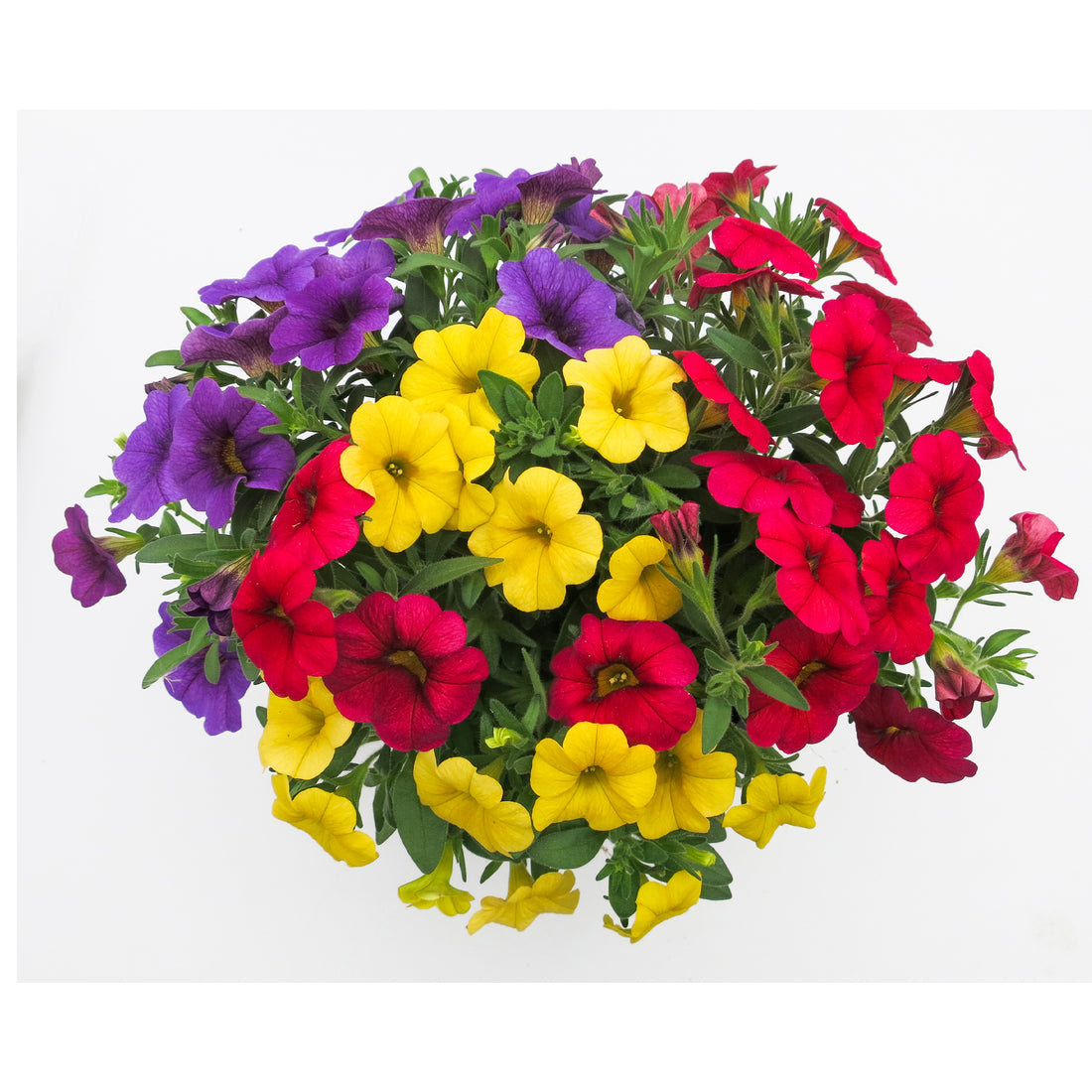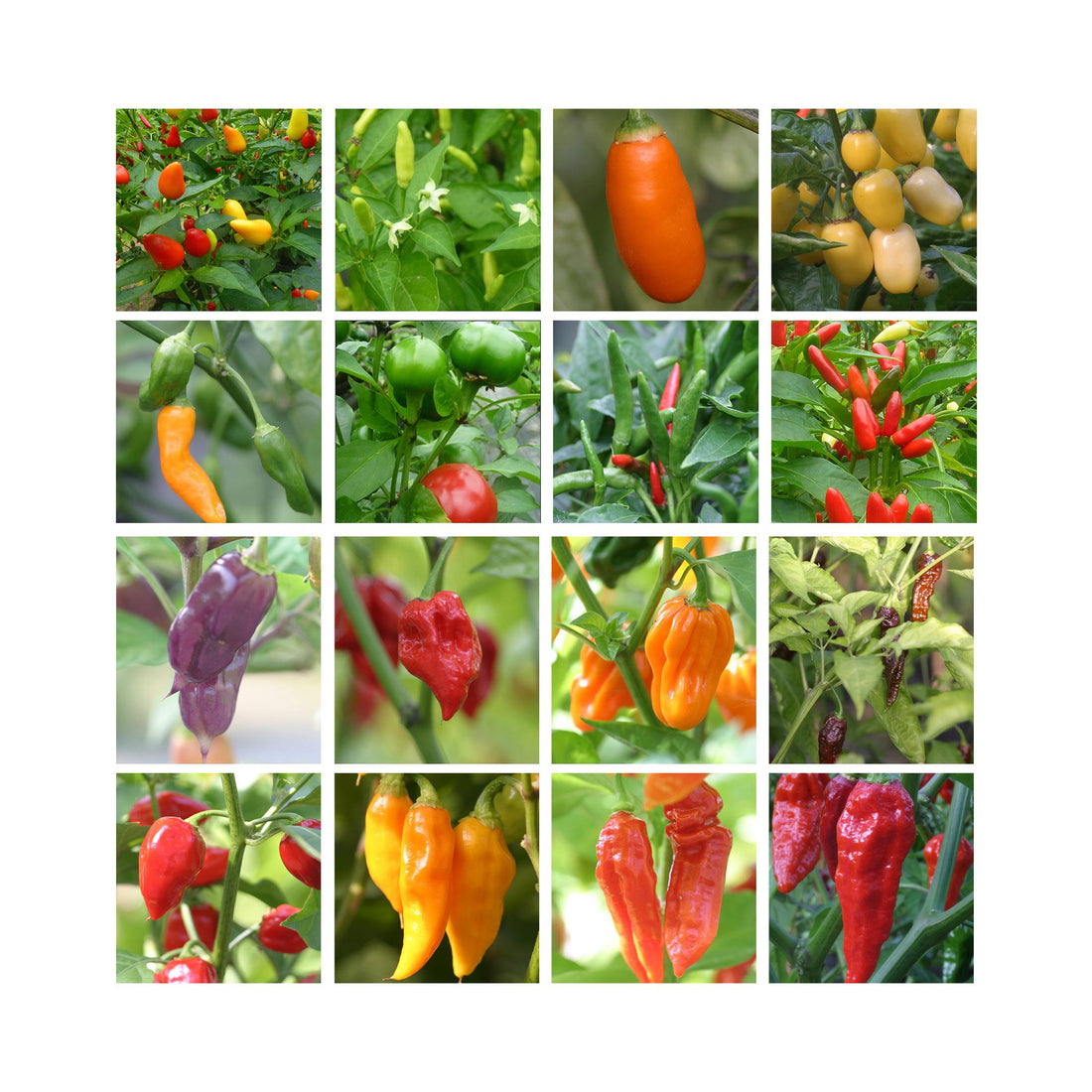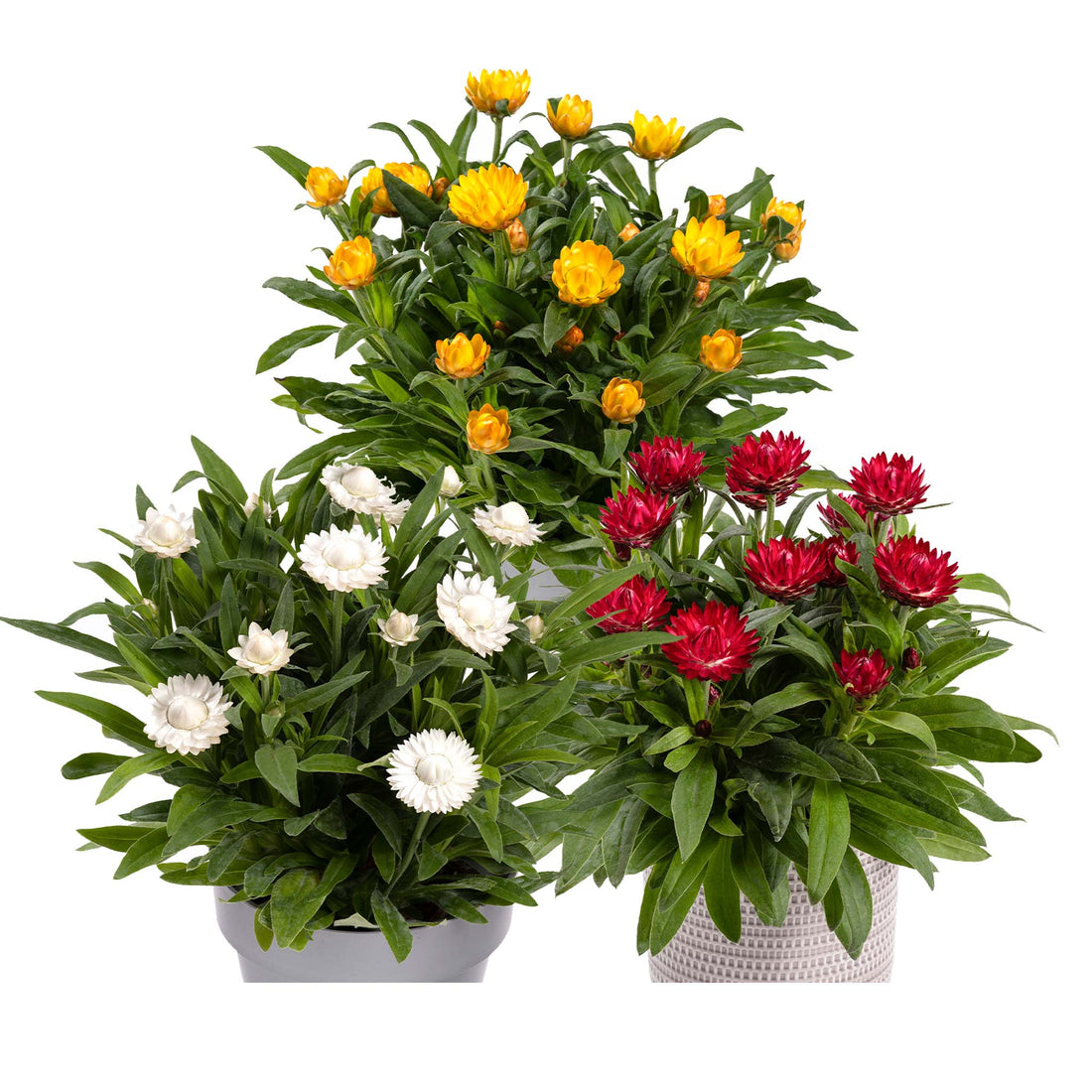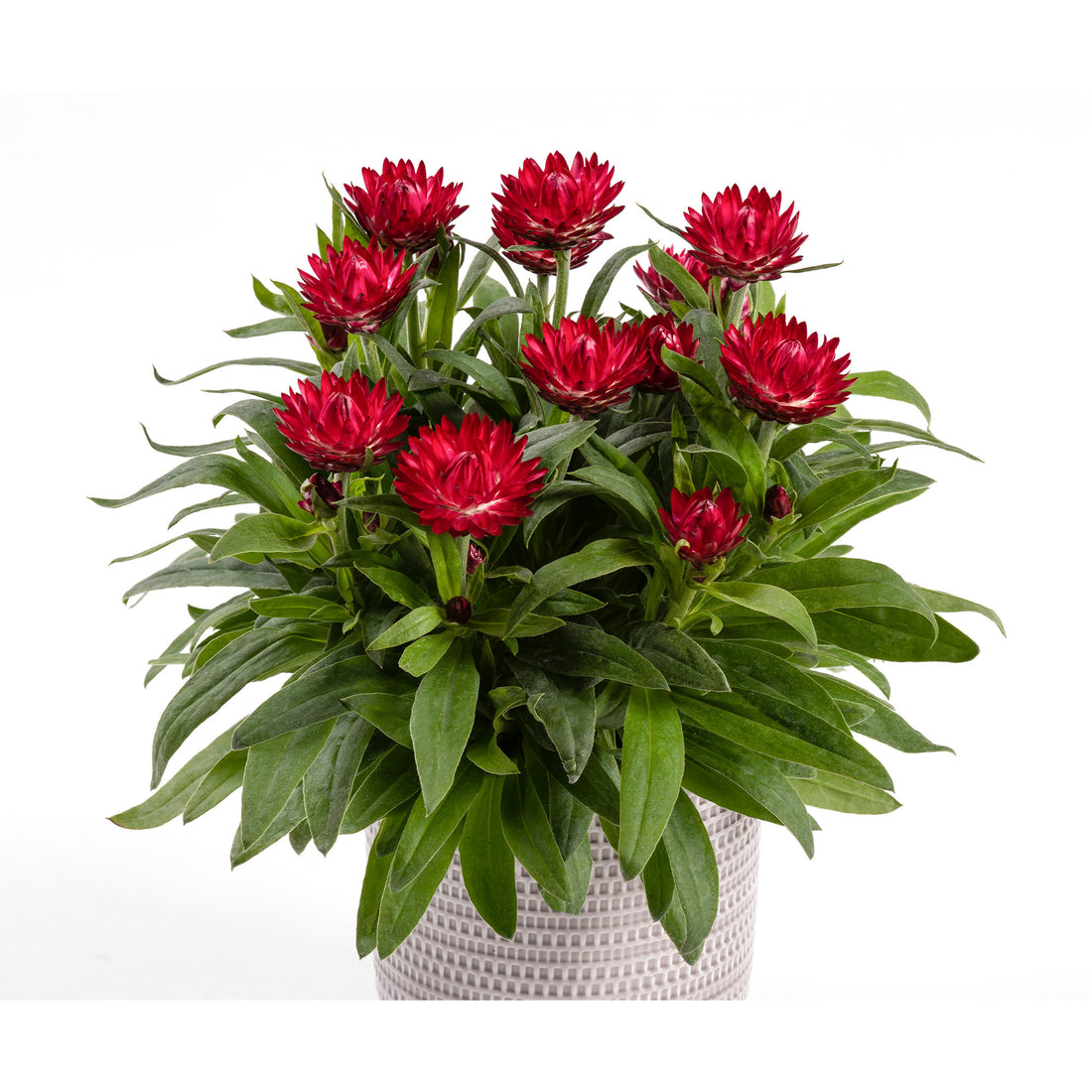The trickiest part of growing any plant is watering
It always surprises people that watering is such an important part of growing a plant, it’s not the fact that plants obviously need water it’s more how much. Herbs are no exception to this. There’re a huge amount of variables that effect how much to water a plant and it’s near impossible to say how often you’ll have to water your plants. The best habit to get into is to observe the plant and also to feel the soil it’s in.
Compost
In most cases you’re looking for soil which isn’t too wet or dry. It wants to have some moisture but not be wet. If you push your finger into the compost, water shouldn’t puddle in the hole you made. Looking at the surface of the compost can be very deceiving as the top can look very dry while the bottom can being soaking wet or vice versa.
It can be slightly more of an issue when growing plants in a pot. You’re slightly less likely to over-water plants when in a pot but you do still need to be cautious. In smaller pots you can lift them up to from time to time and the weight of the soil will soon tell you if it’s too wet. Bear in mind that plants in pots completely rely on you for watering, unless they’re outside and have access to rain.

Unfortunately plants also behave in a similar way when they have been over-watered. However if your plant is wilting even when the soil is wet and the new young leaves are very lime green in colour then it’s most likely over-watering.
Common reasons for getting the watering wrong
Over-watering is by far the most common reason plants die. It’s true that people like to see plants well watered. But plants much more commonly have issues due to over-watering than under. If you’re not sure whether your herbs need watering or not then don’t. It’ll be better off left for a bit than over-watering it.
Of course the weather can have a say in all of this. If we get a particularly wet period it can be best to bring the plants grown in pots undercover so they don’t get waterlogged. Another thing to be aware of is to make sure the drainage holes in the base of the pot don’t seal up. Over time soil and water can go out of these holes and seal the base effectively leaving your with a pot with no drainage.
Feeding Herbs
Most herbs are grown for their leaves. There are also herbs which are grown for their seeds, roots and flowers but most in the UK are grown for leaves. Leaves need Nitrogen to grow. This will make them lush, green and full of flavour.
Once your plants are established in a 9cm pot or in the ground and growing away nicely you can feed your plants. There’re two main reasons to feed a plant. One because it needs it. Two because you want it to produce more than it would otherwise.
Luckily the feed required for both situations is the same. Nitrogen is the substance used to perk up a plant as well as to promote growth.
If a plant needs feeding you’ll notice the leaves looking a bit lacklustre and often a lime green colour and a lack of fresh growth.
If your plant looks healthy enough but you’d like more growth the same feed can be used.
You’re looking for a foliage feed such as miracle grow or equivalent feed. You can of course use a more natural method such as manure or chicken pellets but the commercially available feed is slightly easier to use and is good for a first time grower. Each feed will suggest slightly different feeding rates and the back of the packet will guide you on how much to use.
Using the more natural route can be slightly harder to know how much to use. A good rule of thumb is to start small and build. Just use a little bit of the feed and leave it for a week or two to observe any changes. If the required effects start taking place then that seems to be the correct amount. If you don’t notice any changes wait for the two weeks and try adding slightly more the second time
Overfeeding
It’s perfectly possible and very easy to overfeed your plants. This can hinder the growth and damage roots. Often this is referred to as “burning” the plant or roots. It’s much more common when your plants are young but it’s something to be wary of at any stage of growth. Take care when feeding your plants and if in doubt always feed less rather than more.
When to feed?
Plants will only make the best of feed while they’re growing. Feeding a plant in the middle of the winter is not normally the best time to do so. If your plant is actively growing then this is the time to feed it. This is particularly true for feed in a liquid form. Not only does the plant need to actively be growing but it also needs to be thirsty. Using a liquid feed when the soil is soaking wet and the plant doesn’t want to make use of the liquid can be almost pointless.
Growing Conditions
To treat herbs as a group from this point of view would be wrong. There are thousands of herbs ranging from plants that like sub-tropical conditions to the plants that are happy in near desert conditions. We’ll concentrate on the herbs that are best suited to the British climate as well as ones which would prefer to grow indoors in the UK. If you’re growing herbs in order to cook with your choices on varieties are simple. Choose the herbs you cook with and learn how best to grow them. If your choices are more for ornamental purposes then picking the plants will take more research. First pick your plants then try duplicate the conditions they like as best you can. One of the best things about herbs is that they’re generally quite tolerant to most different conditions but as close as you can get to perfect conditions will get you a better, happier more productive plant.
This list is by no means exhaustive but does cover some of the more common varieties.
Where to plant
This refers to the position of the plant. There are loads of variables for obvious reasons but they all fit into these groups.
Sunny: It’s obvious really but a sunny spot is a position of your garden, windowsill or conservatory which gets sun for most of the day. Often south facing but can be southeast or southwest facing. Definitely not north facing.
Partial sun/partial shade: Is you glass half full or half empty? It doesn’t matter which term you’re going to use, this is a position which spends around half of the day in sun and half in shade. It can also be a spot which is lightly shaded by a tree where it’ll often be in dappled shade.
Shady: A shady area will tend to spend more than half of the day out of the sun. This can be due to the area being north facing or there’s something blocking of the sun. Unfortunately there are very few herbs which are happy in a shady spot. If it’s possible to remove a tree, fence or shed from the path of the sun then what you can grow in this area will be dramatically increased.
What to plant in
This refers to what you’re actually going to plant the herb in e.g. soil/compost. This is completely in your control when growing in a pot or container as you chose what to add. But if you’re growing straight in the garden you may have to improve your soil.
Well drained soil: It does what it says on the tin really, a well drained soil is perfect for 99% of all herbs. The water moves through it well and doesn’t sit around the roots of the plants for an extended period.
Heavy soil: This is soil which holds onto moisture and will often pool puddles of water on the surface. There are very few herbs which like these conditions.
When to plant
This refers to the time of year. These days most plants are planted in the spring and early summer. But that’s not always the best choice. If you’re growing from seed the time to sow is more critical than when planting an established plant.
Angelica
Where – Sunny/partial shade it does enjoy some moisture at the roots. Make sure you have enough space as this herb can grow 2m high and spread the same.
What in – A well drained soil is a huge benefit. Not too heavy as this is quite a large plant it does like to have moisture at the roots. We’ve grown Angelica in a fairly heavy clay soil.
When – Growing from an established or plug plant March-November. From seed February-April or September to November.

Basil
Where – Sunny spot ideally a conservatory, windowsill or green house.
What in – A well drained soil. Make sure the plant doesn’t sit wet in a saucer or tray.
When – Basil can be grown almost like a salad leaf so can be grown and sown all year round if enough light and warmth is provided.

Dill
Where – Sunny spot and in a protected spot in the colder months of the year.
What in – A well drained soil.
When – From a plug or established plant from March to September if sowing April-July.

Fennel
Where – A sunny spot is ideal but it will also grow well in partial shade.
What in – A well drained soil is the best but will also grow well in a heavier soil. Fennel is very drought tolerant so will cope with prolonged dry periods.
When – From a plug or established plant from February to October from seed March to August.

Lavender
Where – A sunny spot, Lavender doesn’t like shade at all really.
What in – A well drained soil. Lavender hates to sit wet this is especially the case over the winter.
When – From an established plant March-October from seed April-June or August-September.
Mint
Where – Prefers a sunny spot but is happy with partial shade.
What in – Will cope with almost any soil. Grows best in a well drained soil.
When – From a plug or established plant March-October from seed (mints from seed generally aren’t very good) March-August.

Marjoram
Where – Prefers a sunny spot but grows well in partial shade too.
What in – Well drained soil is best but it will cope with a slightly heavy soil.
When – From plug or established plant February-October from seed April-August.

Oregano
Where – A sunny spot is almost essential but very light shade can work too.
What in – Well drained soil is best this is particularly the case over the winter months.
When – From plug or established plant March-October from seed March-July.

Parsley
Where – A sunny spot is ideal but Parsley is also happy in partial shade.
What in – A well drained soil but will also grow well in a slightly heavier soil.
When – From plug or established plant February-October from seed March-August.

Rosemary
Where – A sunny spot or partial shade.
What In – A well drained soil is best especially in the winter but will also grow well in a heavier soil.
When – From plug or established plant February-October from seed (there aren’t many varieties which grow from seed) April-August.

Sage
Where – A sunny spot is best but partial shade can be fine too.
What in – A well drained to heavy soil. Doesn’t like to be too wet in the winter.
When – From plug or established plant March-October from seed April-September.

Thyme
Where – A sunny spot is best but partial shade can be fine too.
What in – A well drained or a slightly heavy soil.
When – From plug or established plant February-October from seed (not many varieties grow from seed) March-September.










